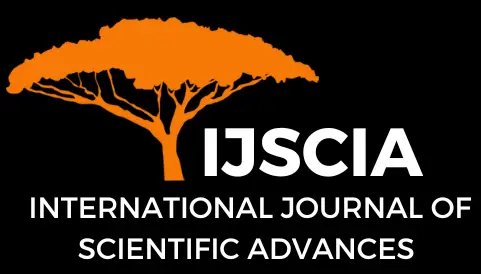Biophysical Modeling of the Relative Relationships between the Brain and the “Hypothetical Secondary Brains”
Janos Vincze* and Gabriella Vincze-Tiszay
Abstract
When we place humans at the peak of the phylogeny and evolution of the living world, we primarily rely on the extraordinary development of their nervous system and brain. The development of the human brain is far from complete, and its immense capacity is not yet exhausted. In particular, new, more modern learning methods are needed to make brain performance more effective by learning about and taking greater account of age-specific characteristics. Learning methods can only be used in certain cases. They cannot replace, but merely complement the acquisition of knowledge, practice, problem and task solving based on experience or observation. Quantitative growth alone is mainly characteristic of those parts of the brain that are called called the hypothetical secondary brain. These consist of constant (stable) topograms and functiograms born with us. During a person’s life, they barely change, these provide the centers of the reflexes we are born with and the neural activities associated with them. Memorization is closely related to the formation of unstable topograms and their persistence over time. The significant difference occurs in qualitative growth, which is not characteristic of hypothetical secondary brains, while in the central nervous system it plays a decisive role. Qualitative growth creates the elements and conditions of psychic regulation in humans.
Keywords
hypothethical secondary brain; topograms; functiogrmas; quantitative growth; qualitative growth
Cite This Article
Vincze, J., Tiszay, G. V. (2021). Biophysical Modeling of the Relative Relationship between the Brain and the “Hypothetical Secondary Brains”. International Journal of Scientific Advances (IJSCIA), Volume 2| Issue 2: Mar-Apr 2021, Pages 199-202, URL: https://www.ijscia.com/wp-content/uploads/2021/04/Volume2-Issue2-Mar-Apr-No.69-199-202.pdf
Publication In
Volume 2 | Issue 2: Mar-Apr 2021



